Artificial Intelligence Applications in Real-Time Language Translation

Artificial intelligence (AI) is rapidly changing the way we live and work. From self-driving cars to facial recognition software, AI is already having a major impact on our world. One of the most exciting areas of AI research is natural language processing (NLP), which is the ability of computers to understand and generate human language.
NLP has a wide range of applications, including machine translation, spam filtering, and customer service chatbots. In recent years, there has been a growing interest in using AI for real-time language translation. This is because real-time translation can provide a number of benefits, such as:
- Improving communication between people who speak different languages. This can be especially helpful in business, travel, and education.
- Enabling people to access information in other languages. This can help to break down barriers to knowledge and promote understanding between cultures.
- Providing assistance to people who are deaf or hard of hearing. Real-time translation can help these individuals to communicate with others who speak different languages.
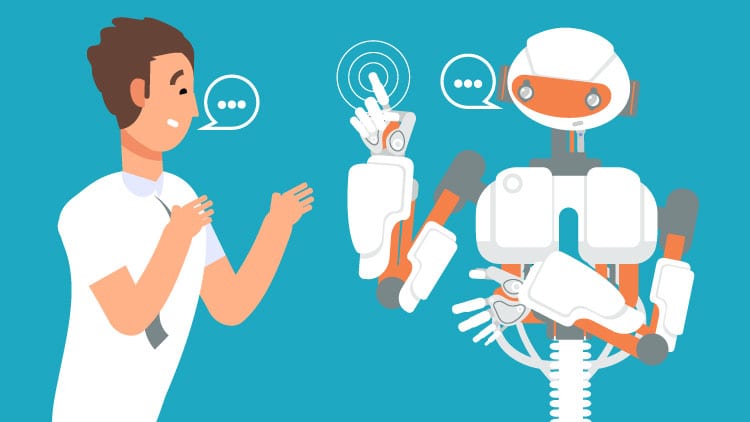
How does AI-powered real-time language translation work?
AI-powered real-time language translation works by using a variety of techniques, including:
- Machine translation: This is the process of translating a text from one language to another using a computer program. Machine translation systems have been around for many years, but they have traditionally been limited by their accuracy. However, recent advances in AI have led to the development of more sophisticated machine translation systems that can produce high-quality translations.
- Neural machine translation: Neural machine translation (NMT) is a type of machine translation that uses neural networks to learn the relationship between words and phrases in different languages. NMT systems are more accurate than traditional machine translation systems, and they are also able to produce more natural-sounding translations.
- Speech recognition: This is the process of converting spoken speech into text. Speech recognition systems are used by real-time language translation systems to transcribe the speech of a speaker into text.
- Text-to-speech synthesis: This is the process of converting text into speech. Text-to-speech synthesis systems are used by real-time language translation systems to read the translated text aloud.
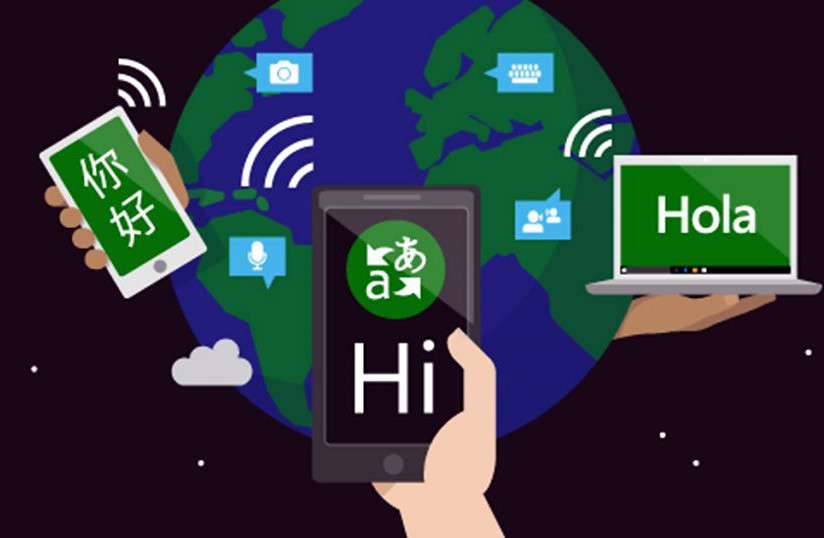
What are the challenges of AI-powered real-time language translation?
There are a number of challenges associated with AI-powered real-time language translation, including:
- Accuracy: One of the biggest challenges is ensuring that the translations are accurate. This is especially important for applications such as business and healthcare, where a mistranslation could have serious consequences.
- Naturalness: Another challenge is ensuring that the translations sound natural. Machine translation systems can sometimes produce translations that are too literal or that sound robotic.
- Speed: Real-time language translation systems need to be able to produce translations quickly, in order to keep up with the pace of conversation.

What are the benefits of AI-powered real-time language translation?
AI-powered real-time language translation offers a number of benefits, including:
- Accessibility: Real-time language translation can help to break down language barriers and make information more accessible to people who speak different languages.
- Convenience: Real-time language translation can make it easier for people to communicate with each other, regardless of their language skills.
- Improved collaboration: Real-time language translation can help to improve collaboration between people who speak different languages.
- Enhanced learning: Real-time language translation can help people to learn new languages by providing them with instant feedback on their pronunciation and grammar.
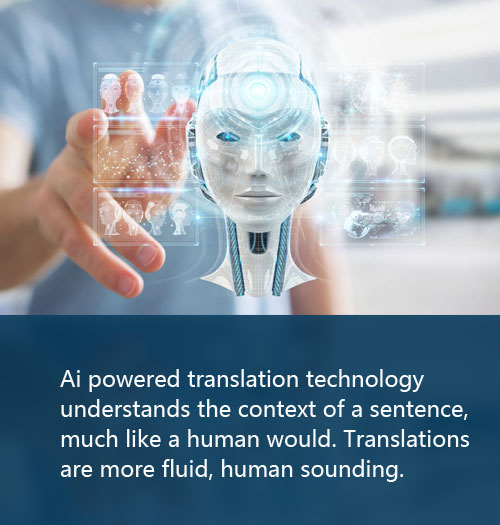
Where is AI-powered real-time language translation used today?
AI-powered real-time language translation is used in a variety of applications, including:
- Business: Real-time language translation is used by businesses to communicate with customers and partners who speak different languages.
- Travel: Real-time language translation is used by travelers to communicate with locals and other travelers.
- Education: Real-time language translation is used by students and teachers to learn and teach new languages.
- Government: Real-time language translation is used by governments to communicate with citizens and other governments.
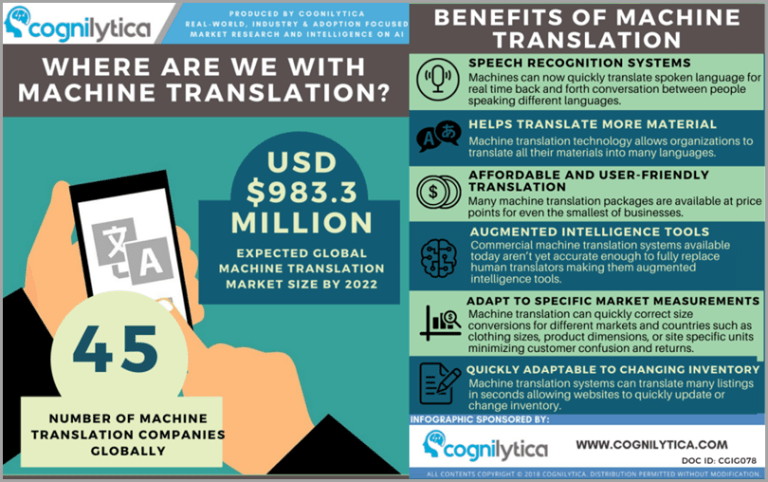
What are the future prospects for AI-powered real-time language translation?
The future prospects for AI-powered real-time language translation are very promising. As AI technology continues to improve, real-time language translation systems are likely to become more accurate, natural, and faster. This will make real-time language translation more widely available and easier to use, which will have a major impact on communication and collaboration around the world.
Here are some specific examples of how AI-powered real-time language translation is being used today:
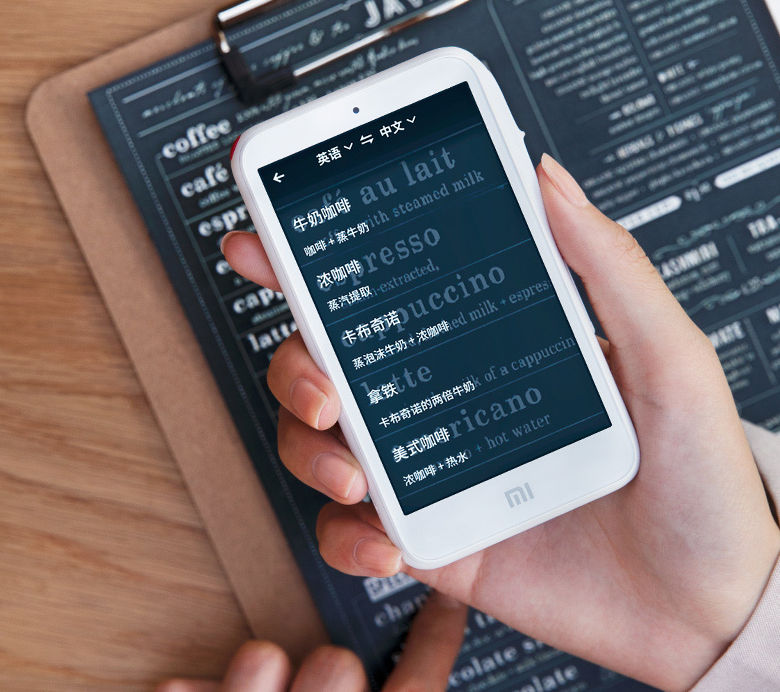
*
Post a Comment